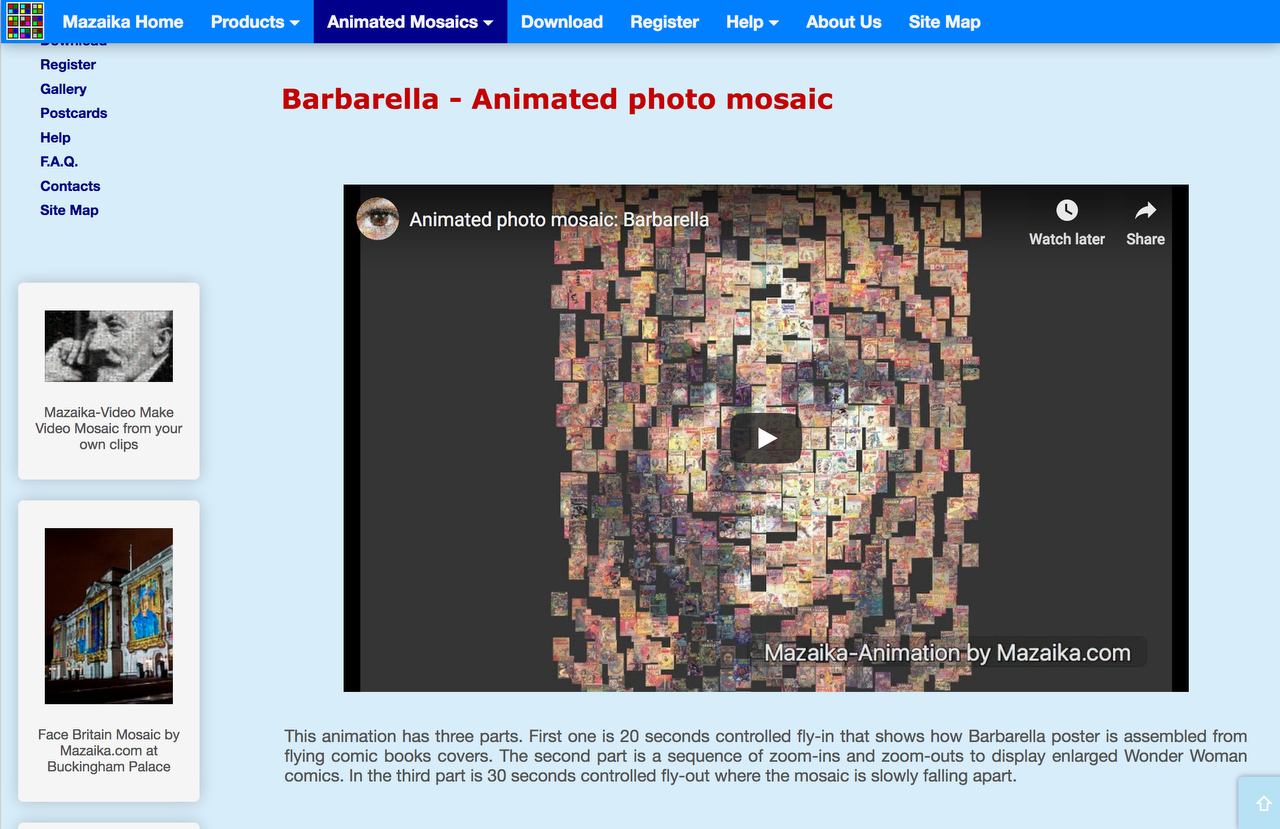
In the case of ESLint for example, most developers like the idea of standardization, assuming you’re standardizing around how they like to do it. Your customer probably thinks it’s served them well so far, and because of that, they don’t have a big motivation to change. The status quo is great for your customer and it’s your worst nightmare. Or they’ll forget about it because they’ll focus on something else. Unfortunately, they’ll usually give up at the first sign of resistance. Selling the benefits will pique a user’s curiosity, even if they aren’t in-market for the tool you’re offering.Ĭuriosity will take most customers up to the first obstacle. Making collaboration easier sounds good too.

Most engineers will want to write better code. Sharing the benefits of the product with the customer helps them understand what will this product do for me?

“Sounds neat, I’m sure someone could like it. They will likely think something along the lines of this when you tell them: In short: A potential customer probably won’t care. The problem is that if a developer isn’t actively comparing different linting tools, no features or functionality of our product could genuinely interest a user with this mindset. It answers the question how is this product the best? If you’re on the market for a new linter tool, these reasons will resonate and be extremely persuasive. In short: describing a feature is talking about the tool from the perspective of the technology. This messaging is promoting a feature, it’s not promoting the benefit. If you’re experienced in sales or marketing you probably see the problem here.


Why would anyone opt into that type of problem?
Dri mazaika code#
It stops you from shipping code if it doesn’t meet an arbitrary ruleset. It adds an additional step in an engineering workflow. Let me guide you to where your customer is thinking with this question.Įver notice how when you integrate with a linter in your codebase all it does it complain to change your code?Ī code linter adds friction to the developer process. Once we understand how they think about our tool, we can help them think about it in a way that would help persuade them to use the tool.Īfter learning about what aspects of the product can help us drive adoption, we can think about how we can design a product around the things they care about.
Dri mazaika how to#
The goal of this article is to learn how to think about a code linter like our customer. If you were trying to drive adoption of a code linting tool, like ESLint, you’d likely face a lot of pushback, too. I’d argue that most linting tools are relatively simple products, too.


 0 kommentar(er)
0 kommentar(er)
